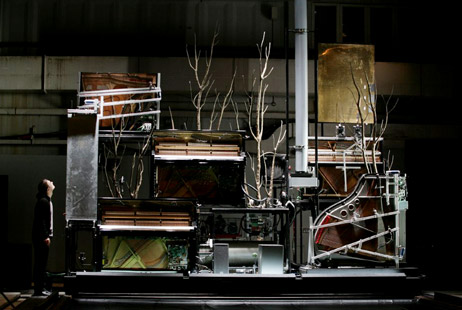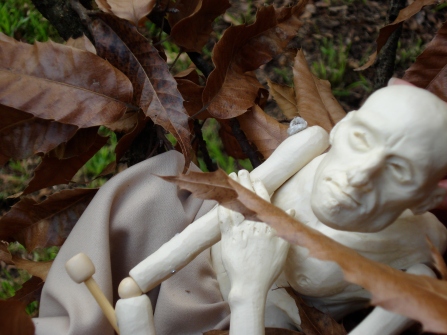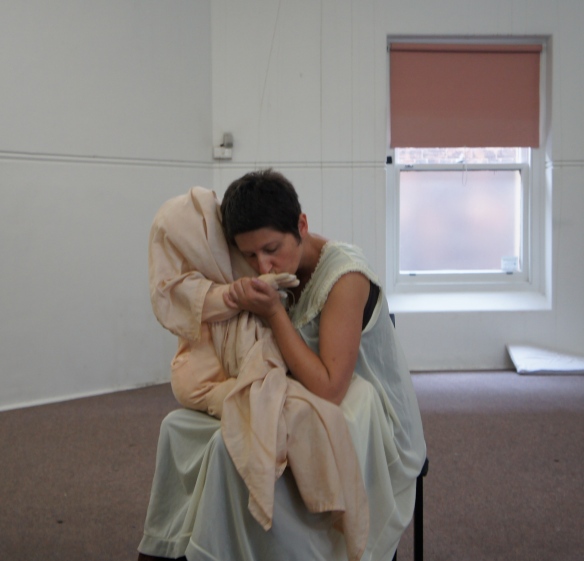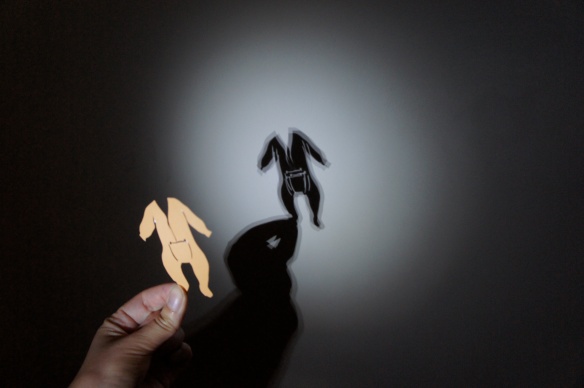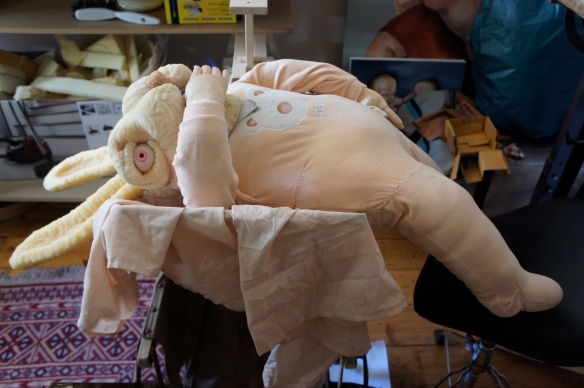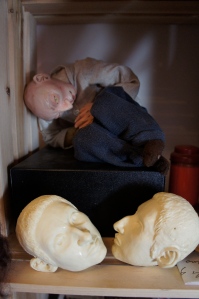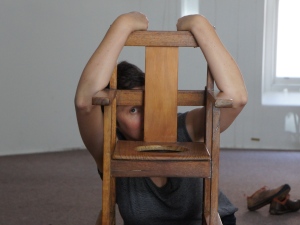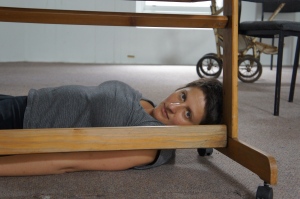“Although we are not passive puppets manipulated by our familial histories, the emotional forces constituting this high-voltage system are profound and deep, demanding and unyielding, laden with blessings and curses that infiltrate our ordinary, everyday lives.” Framo (1992, p. 7)
Predictably, I have been shaped in an indelible way by my experience of family. And so of late I’ve been thinking about the way our family of origin underpins so many facets of who we are and what we manifest throughout our lives. Within my creative practice, family directly and indirectly informs and permeates my work and is a puzzle that I cannot resist re-examining and re-telling.
It is through the act of re-telling that the story becomes an exaggeration, a metaphor, extending beyond the perimeters of its original family and coming to encapsulate human experience more broadly.
The family of origin is where we develop our first attachments, inching forward into our humanity through kinship. Perhaps it could be argued that family is original context for the process of autopoesis (self-shaping) or, in Buddhist terms ‘dependant origination’. The traumas, joys and mysteries of being are integrally bound up to this most potent and fraught of relationships – the love within family. The ambiguous mirrors that family throws forth constitute our first reflections of self, the original source of information that affirms that we exist.
So how might family relate to puppetry beyond the obvious metaphor? Bound up within this familial tryst lie the permutations of the uncanny; production/reproduction, alike/unalike, expectation/disappointment, attraction and repulsion. The mould from which we are born at once holds us and repels us – we are interdependent yet striving for independence. No wonder then, we create myths and objects that symbolise the perfect, incorruptible family; unfailing in its guardianship, intransigent in its capacity to nurture and protect; glorious by affiliation and similitude.
“It is not easy to love simple, limited, contradictory, oscillating flesh and bone mortals such as ourselves. It is easier to admire distant idols, maybe protectors in their unattainable majesty.”
psychologist, Emilio Romero
Perhaps this is why we make anthropomorphic images, why we are prone to succumb to illusions of sentience, affection or authority within the inanimate. Perhaps we are inevitably attuned to the symbolic possibilities of creating versions of family.
Might I suggest that it is through the original familial relationship we are primed to identify ‘other’ as kin or even other ‘things’ as ‘pseudo kin’. By pseudo kin I’m referring to the emotional investment or attachment that we extend towards living things (animals, plants) and non-living things (possessions, objects) and how we co-opt them to become signifiers of our personal identity or sense of security in the world.
~
Family goes right to the heart of the banal and the uncanny. It presents a set of circumstances we have little control over, hence the old adage ‘You don’t get to choose your family…’
 1975 baby brother comes home
1975 baby brother comes home
BUT as a child you do get to imagine and manipulate a family of playthings, to wield control over your own doll…
AND as an adult artisan you do get to make your own puppets and play them in scenarios of your own making…
(although, inevitably with any creation there are dimensions that exist beyond your intention and control).
 2002 with an early ‘doughboy’ puppet.
2002 with an early ‘doughboy’ puppet.
Creation and re-creation – life leans towards life – we are created/we are destroyed, we in turn are makers and collaborators – like Russian dolls self-duplicating, generation after generation, the story is made and unmade – each life assembled, then disassembled.
~
“[The uncanny can be defined as a quality that]…arises in objects, in people, in mirrors, as a minimal difference which causes a tremor in the world as a whole.”
(Michael Kinnucan, The Uncanny and the Rest of the World, The Hypocrite Reader, Issue 12, Home and Pain, Jan 2012.)
Surely then, familial resemblance is a place where we might encounter this sense of ‘minimal difference’. Within the biological family we witness the peculiar duplication of resemblance as it alters and shifts and replicates itself inexhaustibly across the generations – a transmigration of inheritable attributes. We are all simultaneously replicas and originals.
My father’s hands always disconcert me; they are a masculine version of mine. They move in the same way, make the same gestures (are they our individual gestures or do they belong collectively to the family gene pool?). My hands are ageing the same way and even the whorls of his finger prints are the mirror image of my own. Watching my fathers hands always leaves me with the sense of inhabiting a body that is an assemblage of my forebears and which has an intrinsic will of it’s own, separate to mine, that comes to bear through my living. Which of course leads me to question whether my personality is also an assemblage…
 ~
~
It is such a precarious line between the ‘familiar’ and the unfamiliar – this recognition that binds and divides us, that renders us so psychologically prone to be attracted to and disturbed by that which appears to mirror the familiar.
In the world of puppets, dolls and other simulacrum, the benign and the sinister wear familiar masks – and so it is with family.
~
Recently people who have visited my house have seen a photograph of my 40-something grandmother and asked “Is that a photo of you in costume? – It looks like you, but not you.” The tone of doubt that accompanies this question is the tone of doubt that arises when we encounter the familial uncanny.
How peculiar it is that as I am writing this I receive an email containing two photographs of my grandmother lying in state in her coffin – I was not expecting these images and it is an understatement to say I got a jolt when I opened my mail. The image was wholly uncanny, for it is my grandmother, but not my grandmother. She wears fierce pink lipstick, a tidy pink floral shirt and a modest cardigan. Her skin is waxen, her hair neatly brushed. Her heavy eyelids haunt me. The intimacy of witnessing her final rest is disconcerting – for it is a profound state of cessation, a bottomless, irrevocable state of permanent ‘arrest’. This was her condition in death and thus the condition we all come to share.
Perhaps this is a good moment to speak about mortality salience.
Mortality salience is a term which describes the awareness of one’s eventual death and is linked to Terror Management Theory (TMT) in social psychology. This theory posits that human behavior is mostly motivated by an unconscious fear of mortality. Thus, it is our inclination to value symbols that create cultural worldviews and to protect these symbols as representations of continuity.
Just as we are unsettled when we view a dead body which resembles the once-living but no-longer-living, we are unsettled by symbolic or literal representations of ourselves made of more enduring material than our own flesh. Mortality Salience explains the sense of unease experienced when viewing anthropomorphic objects such as dolls, puppets or robots. To behold such an image evokes in viewers a reminder of their own mortality.
It interests me that we not only experience strong states of attraction and repulsion towards such objects, we feel to compelled make them. Through the making of symbolic objects as precious ‘stand-ins’ for the real thing, has evolved the notion of ‘sympathetic magic’ – that the image of something can function analogously to the thing itself.
Object and ritual are entwined and I would argue that the definition of ritual includes not only religious practices but also play, theatre and visual art.
As I have probably mentioned earlier in this blog, I think of my own puppetry practice as applied sculpture. My puppets are statues; they are not substitutes or ‘stand-ins’ for something else, they are the thing itself.
Mike Kelley writes of the ‘aura of death’ that surrounds statues:
The origin of sculpture is said to be the grave; the first corpse was the first statue. And early statues were the first objects to which the aura of life clung. Unwilling to accept the notion of himself as a material being with a limited life span, “Man” had to represent himself symbolically as eternal, in materials more permanent than flesh.”
from the essay: Playing with dead things:on the Uncanny
~
As a maker I find the human form an inexhaustible fascination, and to take it a step further and perform with such objects is to further venture into this beguiling tryst between the animate and inanimate. It could be described as another version of ‘dependant origination’ between maker and creation.
And so we arise in an uncanny universe, from a source of which we have no recall, a source before language, an inchoate state from which we are summoned and brought into being by family, coaxed forth and shaped in its likeness.
This could be spoken by a person, but equally it might be spoken from the point of view of a puppet –
or so I imagine.
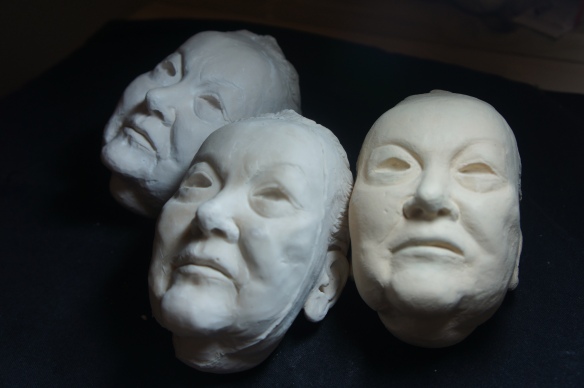
My dear friend standing amidst the ruins of her studio in Tasmania, Jan 2013.












